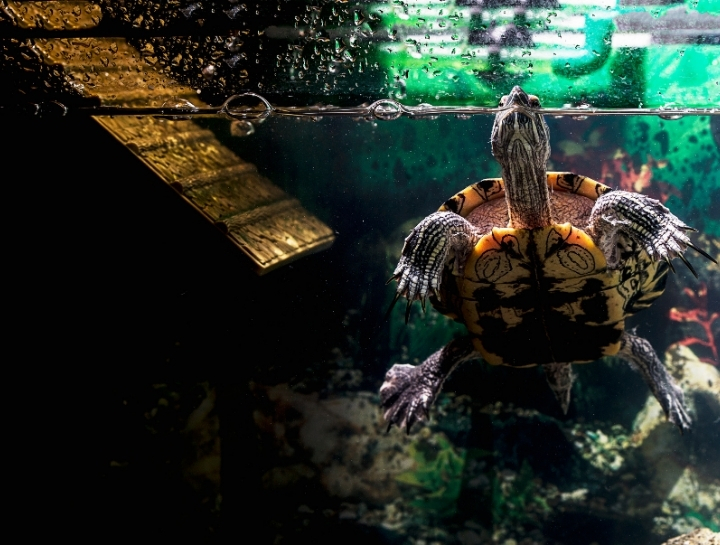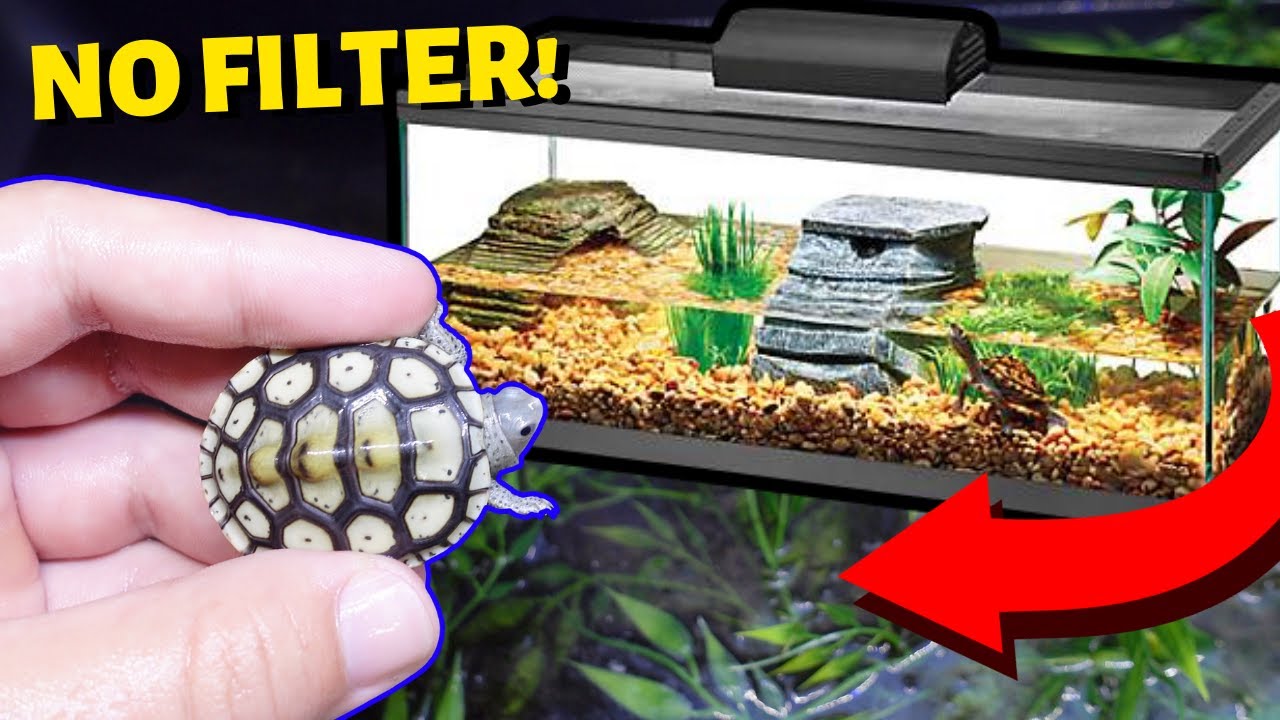To keep your turtle warm, provide a heated tank with a temperature between 75-85°f. Keeping your turtle warm is essential for its overall health and well-being.
Turtles are ectothermic animals, meaning they rely on external sources to regulate their body temperature. Creating a warm and comfortable environment for your turtle is vital to ensure its vitality and longevity. By maintaining a heated tank with a temperature range of 75-85°f (24-29°c), you can support your turtle’s metabolic processes, digestion, and immune system function.
We will explore various methods to keep your turtle warm and provide the optimum conditions it needs to thrive. So, let’s dive into the world of turtle husbandry and discover how to create a warm and cozy habitat for your beloved shelled friend.

Credit: www.animalhouseofchicago.com
Understanding The Temperature Needs Of Turtles
Understanding the temperature needs of turtles is crucial for keeping them warm and healthy. Turtles have specific temperature requirements that mimic their natural habitat. Each turtle species has an ideal temperature range that must be maintained. By identifying the optimal temperature for your specific turtle species, you can create a suitable environment for them.
This ensures their overall well-being and prevents any potential health issues caused by incorrect temperatures. Keeping your turtle warm is essential, as it helps regulate their metabolism, digestion, and immune system. Additionally, it allows them to exhibit their natural behaviors and maintain a comfortable and stress-free environment.
Understanding and meeting the temperature needs of your turtle is an important aspect of responsible turtle care.
Creating A Warm And Cozy Habitat
Creating a warm and cozy habitat for your turtle is essential to keep them comfortable. You can start by choosing the right heating equipment for their enclosure. Setting up a basking area with a heat lamp or uvb light is a great option.
This will provide them with the necessary warmth they need. Additionally, you can consider using heat mats or ceramic heaters as supplemental heating options. These will help to maintain a stable and comfortable temperature in their habitat. Remember to monitor the temperature regularly to ensure it stays within the appropriate range for your turtle.
By following these steps, you can keep your turtle warm and happy in their habitat without any issues.
Monitoring And Maintaining The Heat
To keep your turtle warm, it’s essential to monitor and maintain the heat in their enclosure. Use a reliable thermometer to measure the temperature accurately. Regularly check and adjust the heat sources to ensure they’re delivering the right warmth. Fluctuating temperatures can be harmful, so preventing extremes is crucial.
Maintain a stable and comfortable environment for your turtle by providing consistent and appropriate heat. Remember, the well-being of your turtle depends on maintaining the right temperature in their habitat.
Enhancing Heat Retention In The Enclosure
Enhancing heat retention in the enclosure is crucial for keeping your turtle warm. By utilizing insulation techniques, you can create a cozy environment for your pet. Incorporating hiding spots and cozy shelters provides additional warmth to your turtle. Proper ventilation is essential to regulate temperature and humidity levels.
Ensure that your turtle’s enclosure is well-ventilated to prevent overheating or cold spots. By following these guidelines, you can provide a comfortable and warm habitat for your turtle. Keep in mind that the well-being of your pet depends on the temperature consistency and maintaining an optimal heat level within its enclosure.
Implementing A Seasonal Temperature Schedule
Implementing a seasonal temperature schedule is vital for keeping your turtle warm and healthy. Understanding the impact of seasonal changes on turtles is key to providing the right environment. Adjusting the temperature according to the season ensures their comfort and well-being.
Incorporating cooling periods for hibernation, if necessary, is also important. By following these guidelines, you can ensure your turtle remains at the right temperature throughout the year. This will help them to thrive and prevent any potential health issues. So, take into account the changing seasons and provide the appropriate temperature adjustments for your turtle’s overall wellness.
Your efforts will be rewarded with a healthy and happy pet.
Taking Precautions And Safety Measures
Taking precautions and safety measures is crucial when it comes to keeping your turtle warm. Avoid extreme temperatures and overheating, as these can be harmful to your pet. It’s important to be cautious about using heat rocks or similar products, as they can pose dangers.
Make sure to monitor the health and behavior of your turtle regularly to ensure it is comfortable and thriving. By following these guidelines, you can provide a warm and safe environment for your beloved turtle without any risks.
Other Considerations For Keeping Turtles Warm
Keeping your turtle warm involves more than just providing a suitable heat source. It is also important to consider other factors that play a crucial role in maintaining their body temperature. One such consideration is offering a varied diet, which helps with thermoregulation.
By providing different types of food, you allow your turtle to adjust its metabolism and generate heat when needed. Additionally, proper hydration is essential. Ensuring your turtle has access to clean water at the right temperature helps them maintain optimal body functions.
It’s also advisable to consult a reptile veterinarian who can provide expert guidance tailored to your turtle’s specific needs. Following these considerations will help you keep your turtle warm and healthy.
Conclusion
To ensure the wellbeing of your turtle, it is crucial to keep them warm in their habitat. By following the right methods, you can create a comfortable environment for your reptile friend. Firstly, maintaining an appropriate temperature in their tank is of utmost importance.
Utilize a reliable heating device such as a heat lamp or heat mat to keep the temperature within the recommended range. Secondly, ensure that the enclosure is adequately insulated to prevent heat loss. This can be achieved by using materials like foam insulation or placing a blanket over the tank during colder periods.
Additionally, regularly monitoring the temperature using a thermometer will help you make necessary adjustments. Remember to avoid sudden temperature fluctuations, as this can stress your turtle. By implementing these measures, you can provide a warm and cozy home for your turtle, ensuring their overall health and happiness.






Leave a Reply